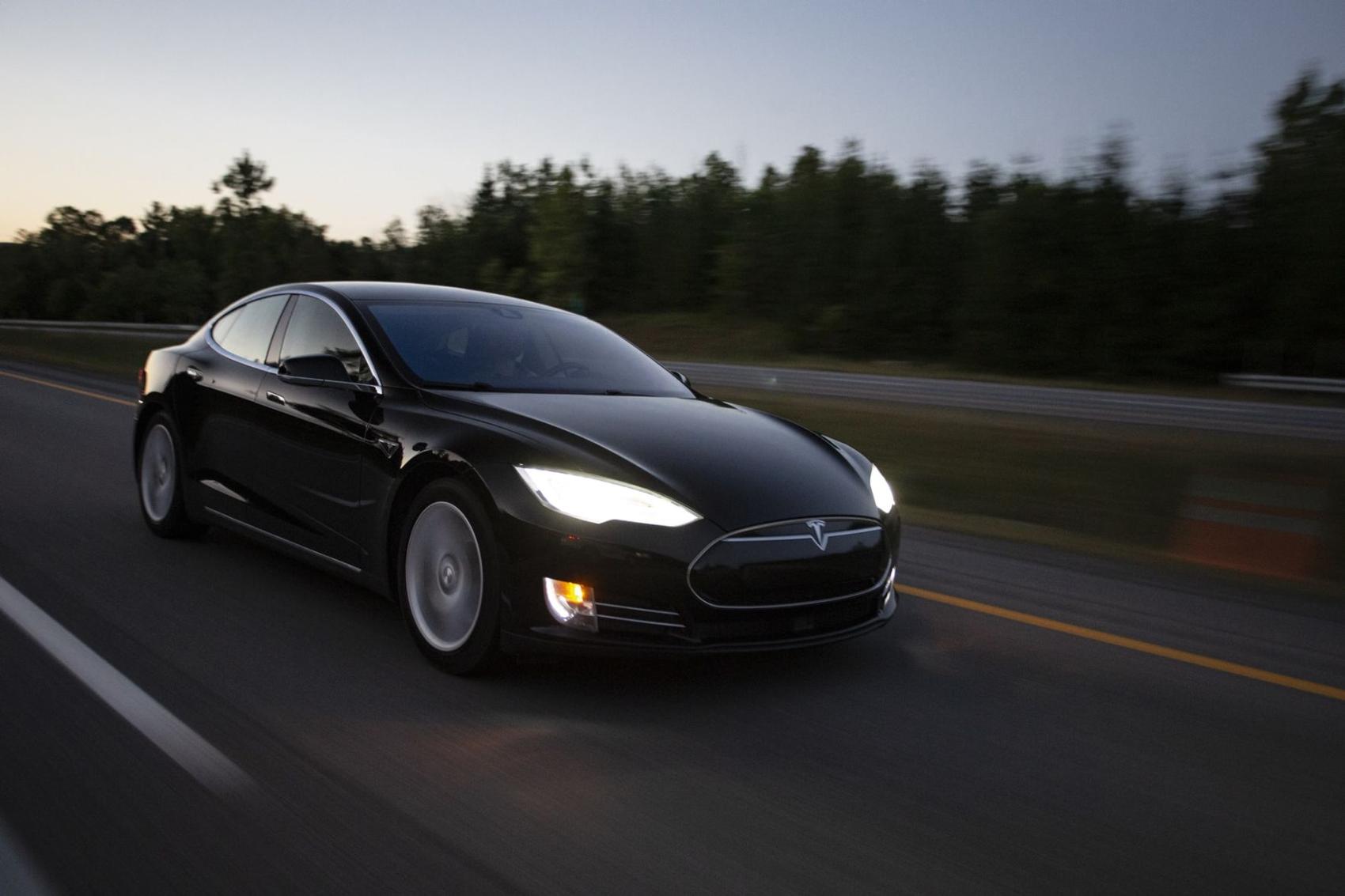Read The Full Article On: Breezejmu
This is the first half of a deep-dive into Tesla from Madison Business Review contributor Cal Reeves. Check back tomorrow for the second half.
Whether one’s a prospective investor or just a passive consumer of the news, there’s no doubt they’ve seen the hype surrounding eccentric billionaire Elon Musk’s electric car company, Tesla. However, anything with this much hype surrounding it is worth a second look to determine if there’s any substance to the claims.
The question may arise: “Is Tesla just a short-term novelty, or will it inevitably fail when other auto companies try to jump into the electric car market?”
Where Tesla’s been
Tesla has become known as a volatile stock that garners publicity and seizes headlines at a rate completely unheard of for established car companies. “Tesla’s stock price volatility is bewildering,” analysts at the investment bank Morgan Stanley said in July 2018, according to MarketWatch.
It’s easy to see why, as Tesla’s stock price dipped as low as $178.97 on June 3, 2019, yet it sits at $480.01 as of April 5. Tesla’s stock has 1.95 times more volatility — a measure of frequent and drastic change in stock price — than the Dow Jones Industrial Average and, as such, is riskier than 66% of all other equities and portfolios, according to Macroaxis.
As one would expect, with this risk comes a lot of cynicism from Wall Street. MarketWatch analysts rate Tesla “sell” more than “buy” with an average rating of “hold,” but an even larger number of traders from the likes of Yahoo Finance and Bank of America label Tesla with a “hold” or “neutral” rating.
This is likely an expression of cautious investor sentiment after Tesla’s steep surge in stock price to $767 following a $2.3 billion common stock offering in February. However, even loyal Tesla investors worry that the company’s success has largely been due to its first-mover advantage in the electric vehicle market.
For example, Tesla is a cash-burning machine; it’s had to depend on fundraising billions of dollars for new capital expenditures. Fundraising focused on fixed costs like factories and facilities, which are usually motivated by promises of future growth and profits, not concrete evidence, according to Investopedia. A simple look at Tesla’s cash flows from the past decade shows it’s been siphoning money at an alarming rate in all years but one: 2013.
Tesla has had a hard time hitting production deadlines, and while it’s doing revolutionary work in economies of scale, critics have attacked the company as trying to do too much at once, creating “production hell” in the process, according to The Washington Post.
The company had a miserable time reaching a meager 5,000-car-per-week deadline in 2018, according to The Verge, and at the end of 2019, Tesla rejoiced at the delivery of 367,500 vehicles that year, according to Reuters. In comparison, GM and Ford each expect deliveries of around 2 million cars annually.
A common investor sentiment echoed by Bill George, former CEO of Medtronic, to CNBC is that Tesla could have already expanded to its limit as a luxury car brand in the U.S. He said people who want and can own a Tesla already have one, and demand will drop along with its surrounding excitement.
The demand for Tesla seems to remain high in foreign countries, but without the ability to meet this demand with production, the company will see its lead waiver. Other car companies are starting to enter the electric vehicle market and will eat into any potential growth Tesla so desperately needs, according to DriveMag.
For example, German auto manufacturers Audi and Volkswagen plan on investing $23 billion and $40 billion, respectively, into electrification by 2025 compared to Tesla’s $15 billion by 2022. If expansion is limited, Tesla will be relegated to a relatively small niche of the luxury vehicle market with little ability to rival larger automakers who have diversified the models they offer.
The affordability of Teslas still remains a problem, and nowhere is this more evident than in China as they compete with heavily subsidized electric vehicles that are made domestically. While the more affordable Model 3 has remained a hit with the U.S. market, the real money is to be made in China where the country’s smog-plagued metropolises and energy reform-minded government lend themselves positively to the alleviation of Tesla’s demand problems.
In 2018, more electric automobiles were sold in China than in the rest of the world combined, according to Quartz. The Chinese government has spent nearly $60 billion in subsidies in the last decade to provide incentives to automakers, according to Quartz, and the result is absurdly cheap cars like Chinese automaker CHJ Automotive’s $7,800 “ultra-compact” vehicle created to rival Tesla, according to CNBC.
With all of this uncertainty in mind, optimists in the Tesla brand have a lot to look forward to. Check back tomorrow to discover why Tesla bulls have such high hopes.

